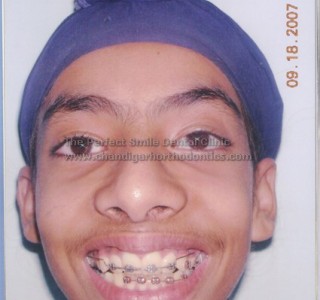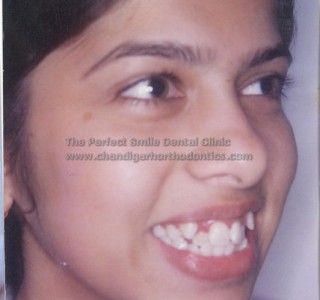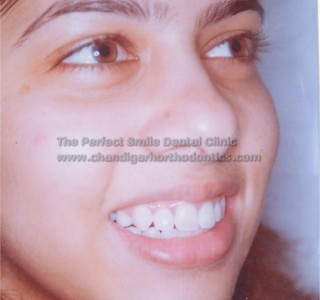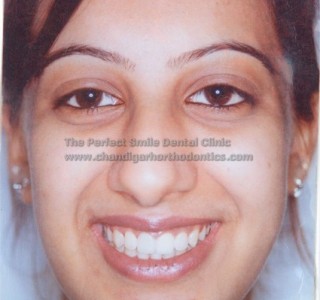about orthodontic treatment
Is patient cooperation very important for the success of orthodontic treatment?
Yes; patients need to work just as hard at keeping their braces and teeth clean and cared for as the braces work hard to straighten your teeth. Damaged braces and/or appliances will only lengthen your treatment time and may possibly deliver an undesirable treatment result.
Do I need to treat my braces with special care?
How do braces feel?
Generally, braces do not “hurt.” After certain visits, teeth may be sore for a few days. In these situations, pain medications will ease the discomfort. However, after most visits, patients do not feel any soreness at all!
I am concerned about the appearance of metal braces. Are there any clear alternatives?
There are clear, ceramic, tooth colored braces available for patients concerned about the appearance of traditional metal braces. This revolutionary technology makes the braces virtually undetectable. Also, for metal braces, the modern wires used are less noticeable, but just as effective as the past arch wires used. The wires are also of tooth color.
How long does orthodontic treatment take?
Orthodontic treatment time obviously depends on each patient’s specific orthodontic problem. In general, treatment times range from 12 to 30 months. The “average” time frame a person is in braces is approximately 16 months, but with new technologies the duration can be reduced to less than a year also.
What is so important about orthodontic treatment?
It is very difficult to keep crooked and crowded teeth clean, making tooth decay and gum disease more possible. When left untreated, the orthodontic problems only grow worse. Often times, orthodontic treatment can prove less costly than restorative dental procedures to care for tooth decay and gum disease. We believe you should never underestimate the value of a beautiful smile. Not only will a beautiful, healthy smile boost your self-confidence and your self-esteem, but it can prove beneficial for your social and career success.
What are the most common problems treated?
What causes malocclusion’s?
While most bad bites are inherited, some are acquired as a result of accidents, dental disease or premature loss of teeth, or bad habits like thumb/finger sucking. No matter the cause of the malocclusion, the problem has affected both the alignment of the teeth and the development and appearance of the facial features.
When can people begin orthodontic treatment?
Orthodontic treatment is available to patients of all ages. In accordance with the American Association of Orthodontists, we recommend that children have their first orthodontic evaluation by the age of 7. With early evaluation and diagnosis, children can achieve optimal orthodontic results. Early treatment provides a range of benefits and often means that a patient can avoid extractions ,psychological trauma, surgery or other serious complications. There is, of course, no age limit for orthodontic treatment as both children and adults benefit from orthodontics. As such, our office accommodates orthodontic patients of all ages.
Who is an orthodontist?
Orthodontic specialists have extensive and specialized training that enables them to provide their patients with professional, personalized treatments. While all orthodontists are trained dentists, only six percent of dentists are certified orthodontists.
What is orthodontics?
Orthodontics is the specialty branch of dentistry that focuses on the diagnosis, prevention and treatment malocclusion’s or bad bites. Combining professional skill for design and application with maintain accurate control with corrective appliances like braces, the teeth, lips and jaws are moved into proper alignment.






